Experience: Ghettos
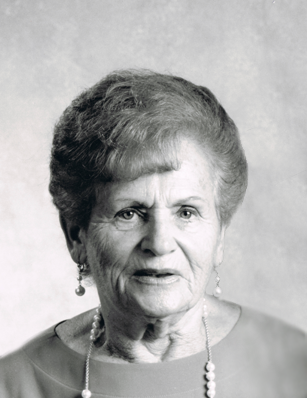
|
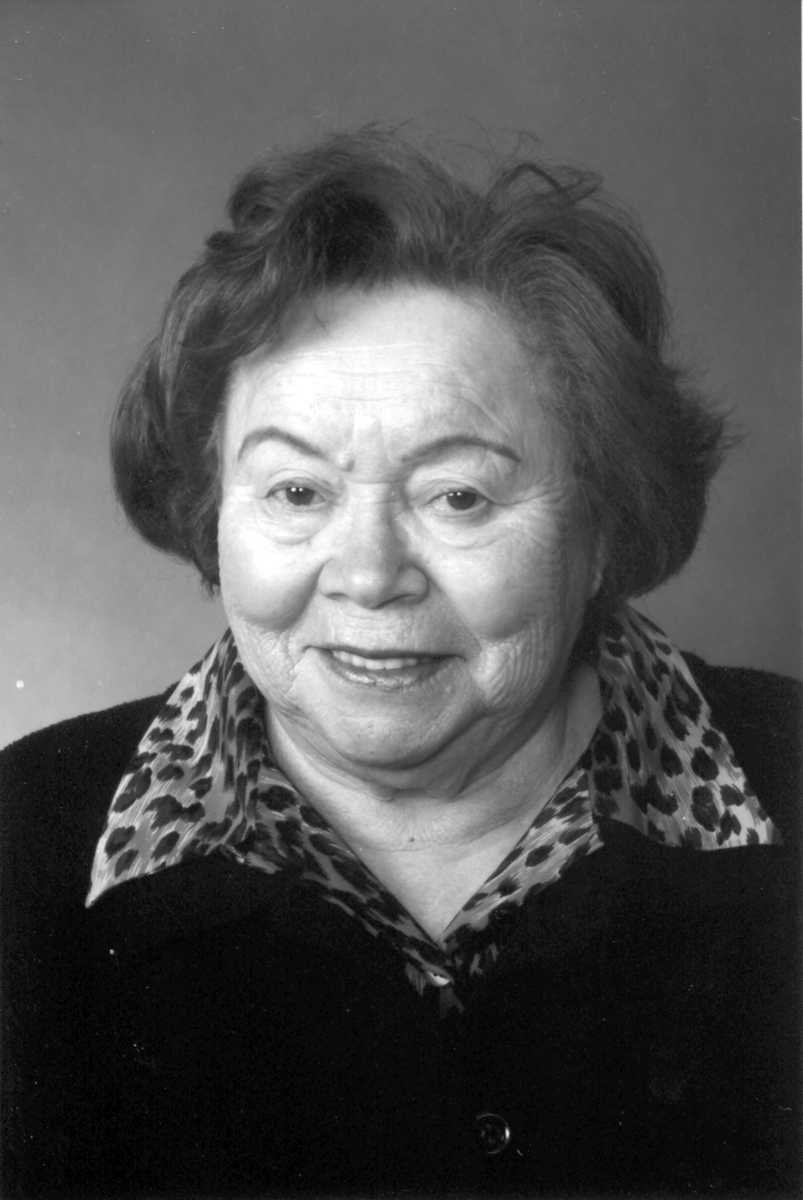
|
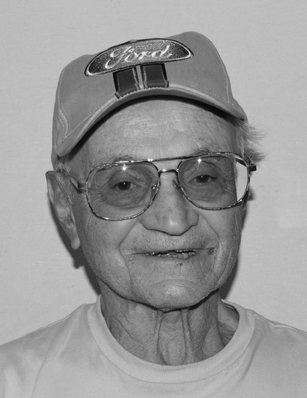
|
|
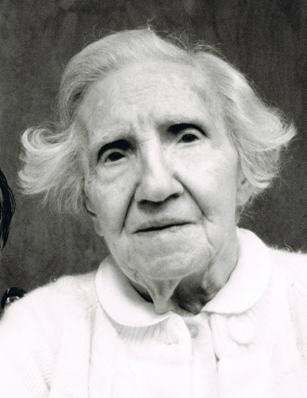
|
|
|
|
|
|
|
|
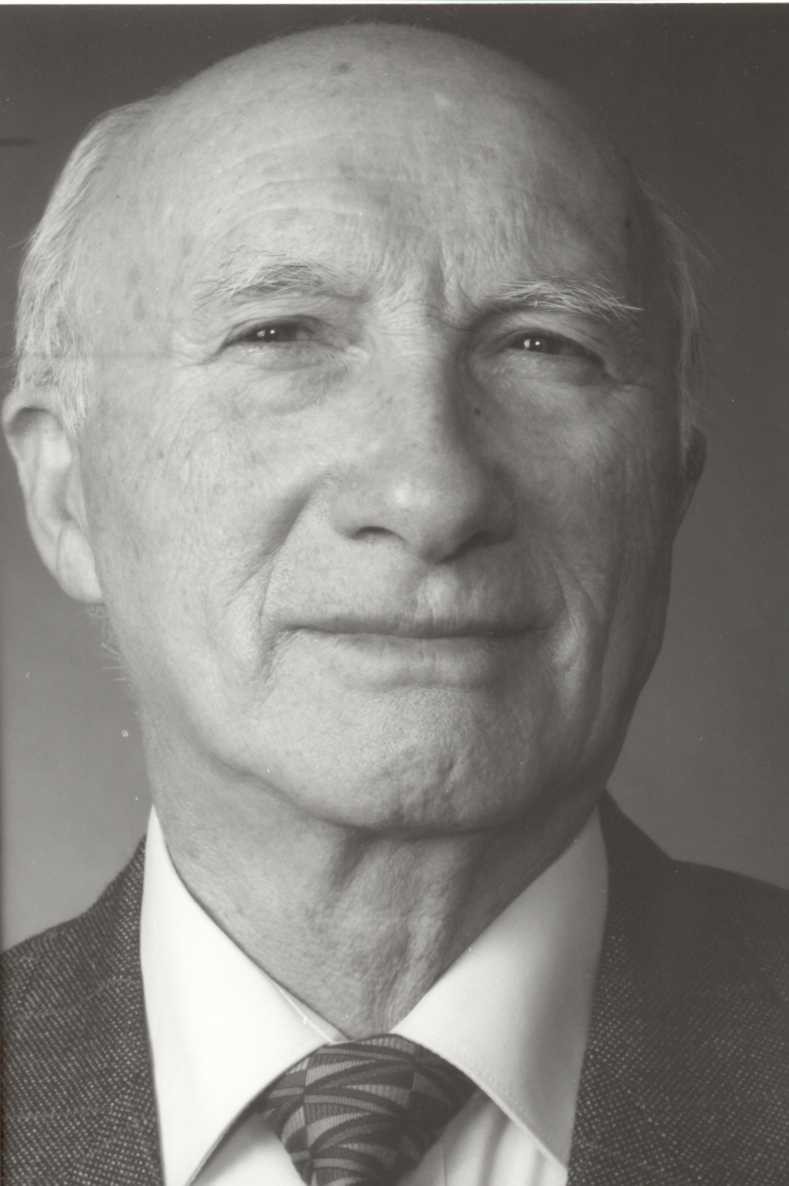
|
|
|
|
|
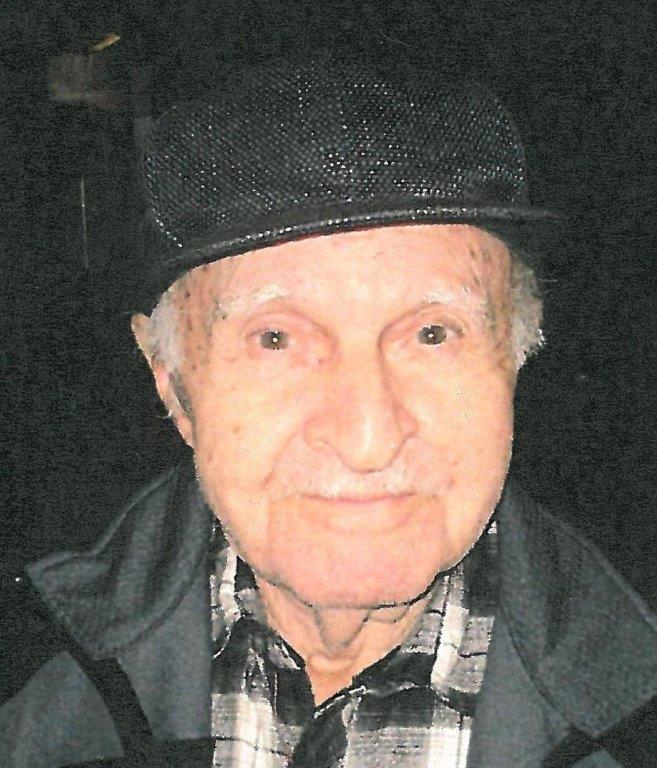
|
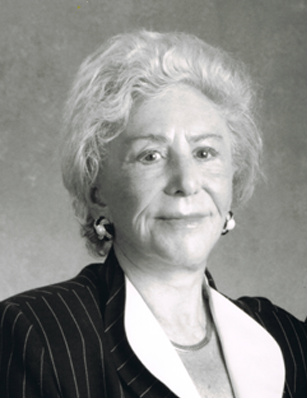
|
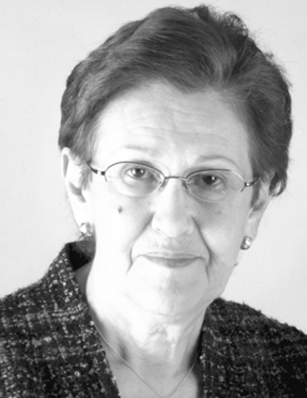
|
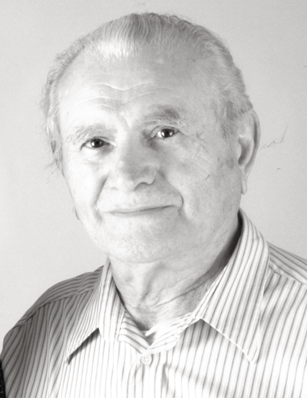
|
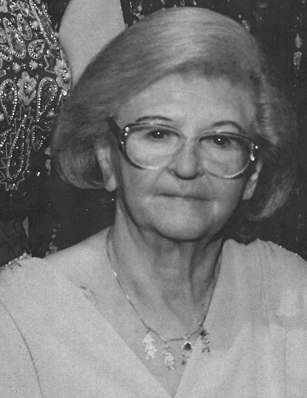
|
|
|
|
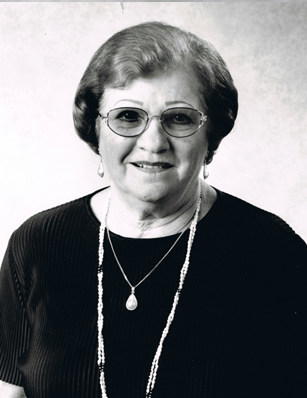
|
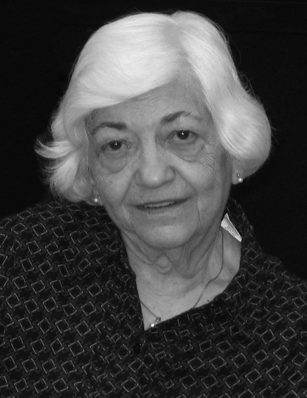
|
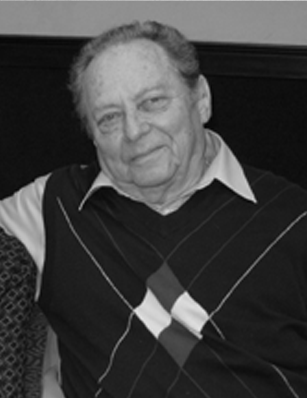
|
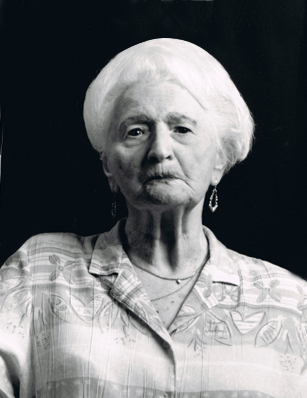
|
|
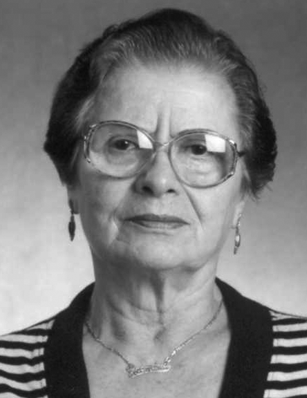
|
|
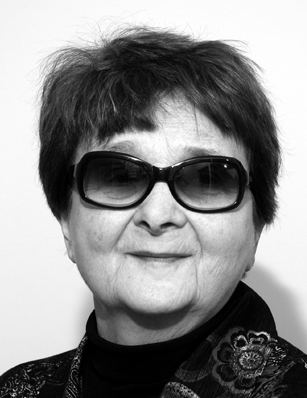
|
|
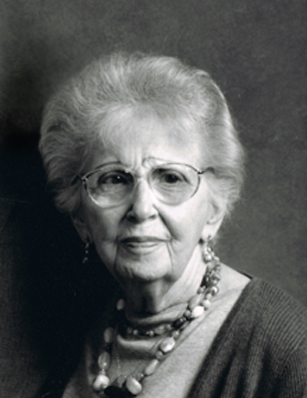
|
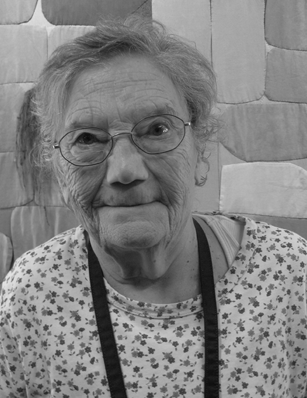
|
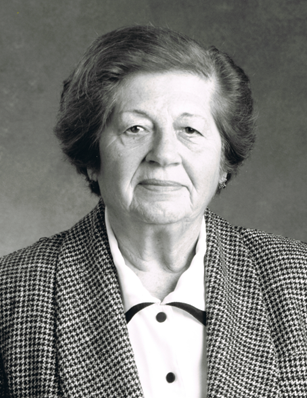
|
|
|
|
|
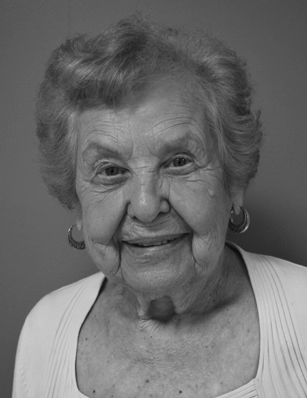
|
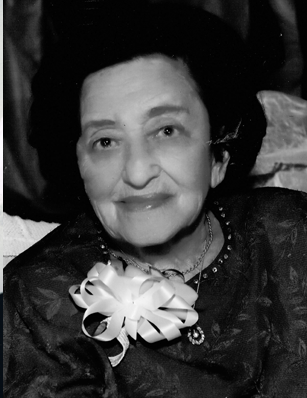
|
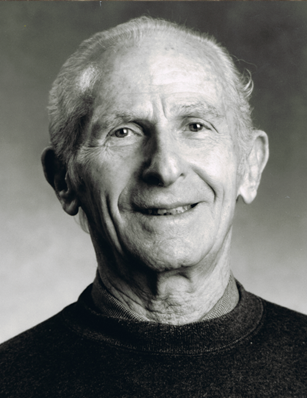
|
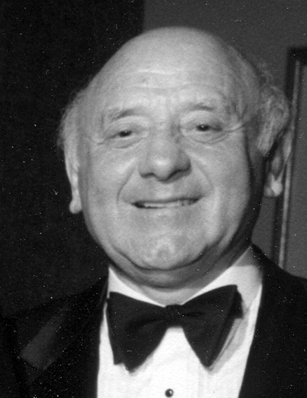
|
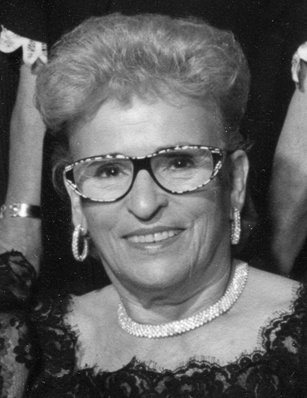
|
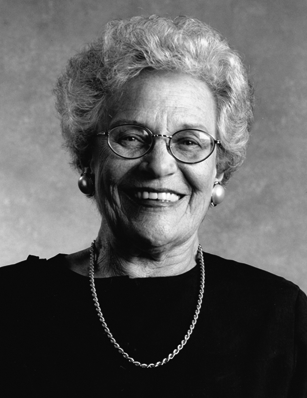
|
|
|
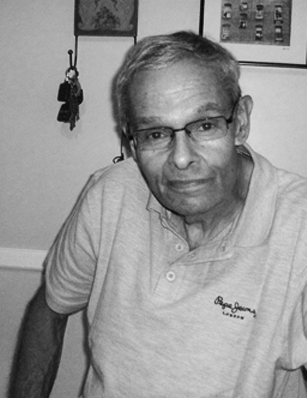
|
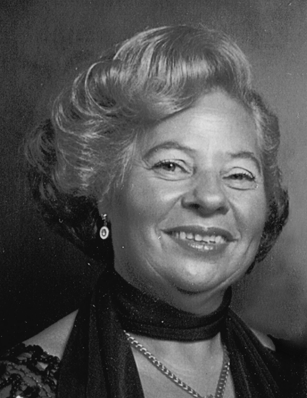
|
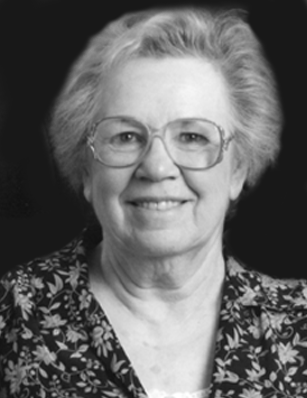
|
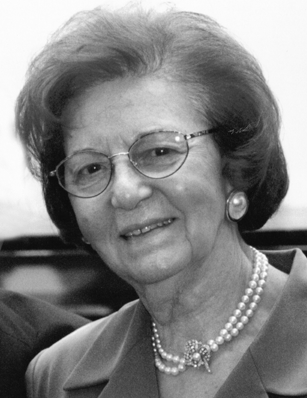
|
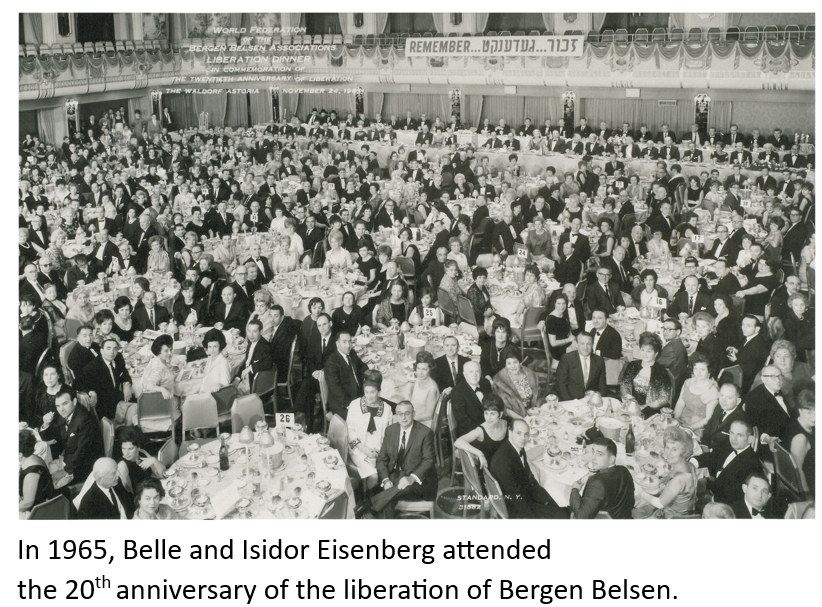
|
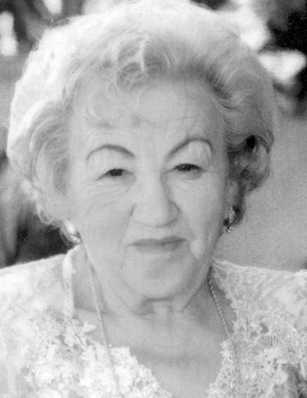
|
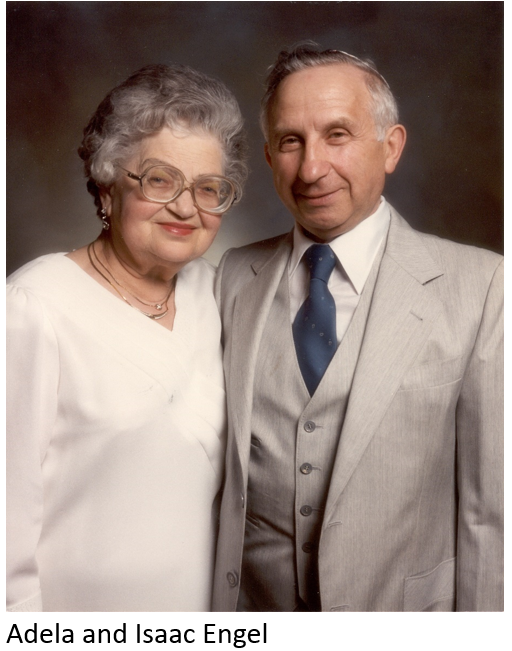
|
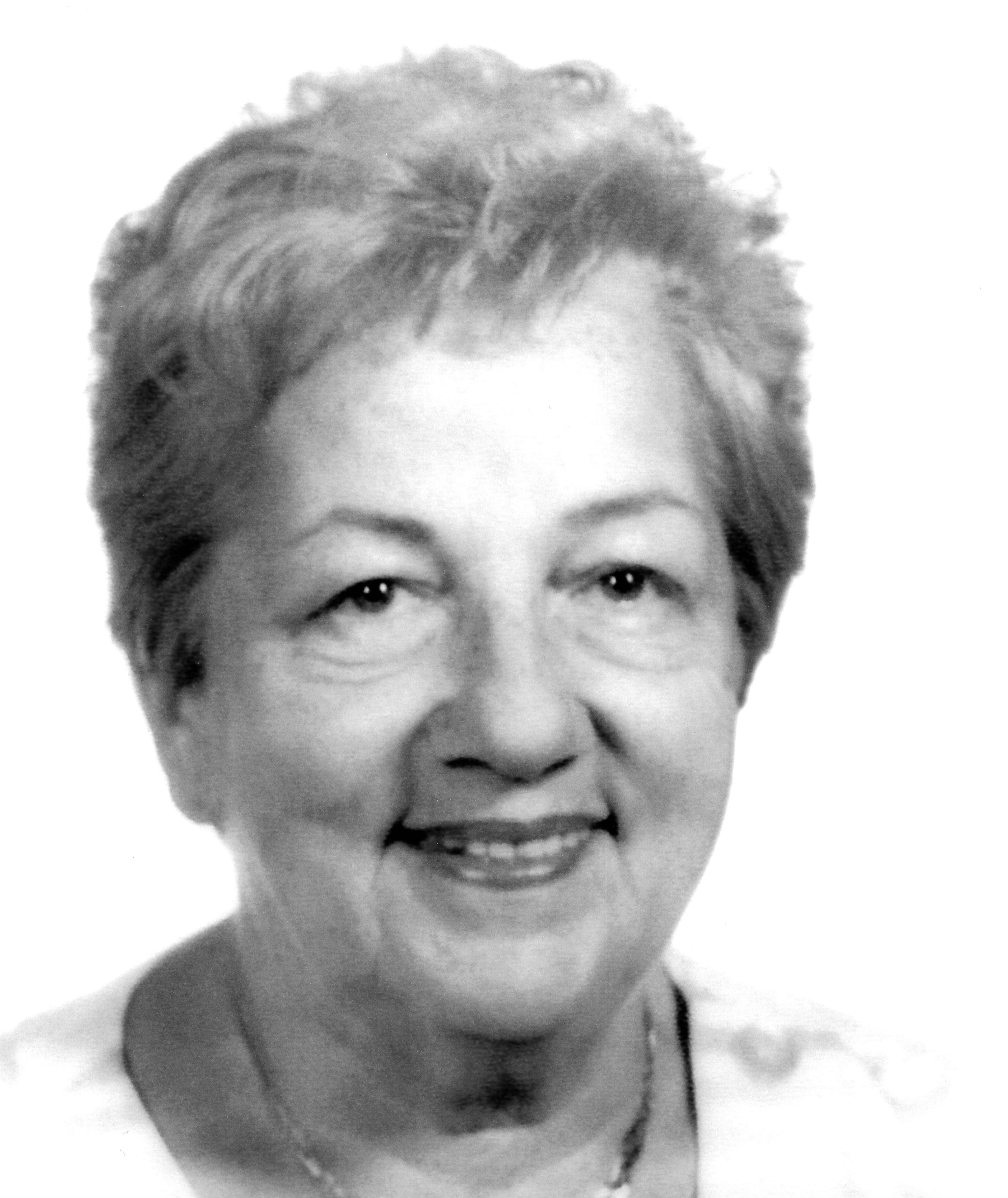
|
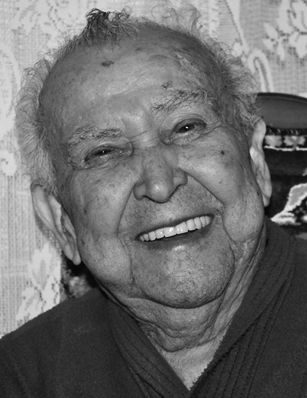
|
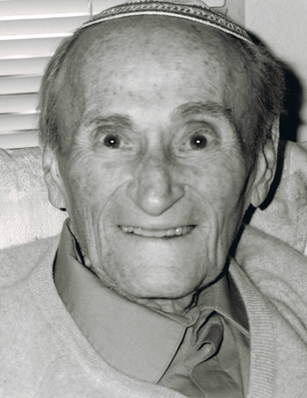
|
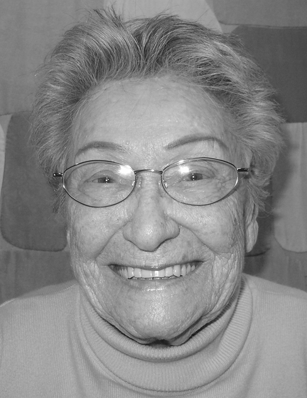
|
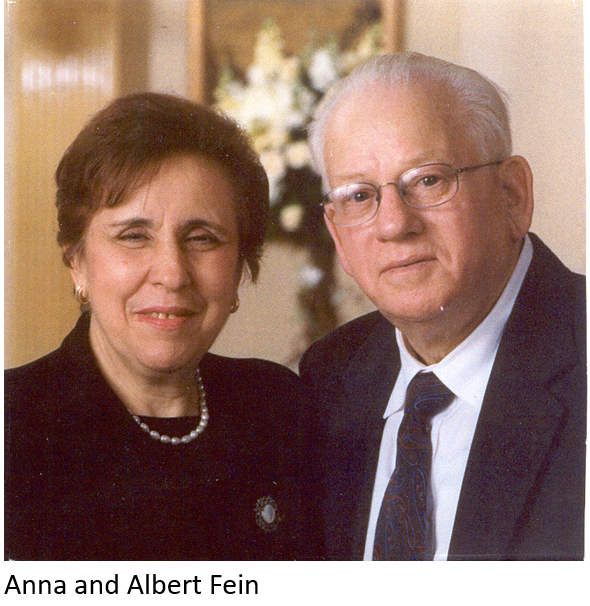
|
|
|
|
|
|
|
|
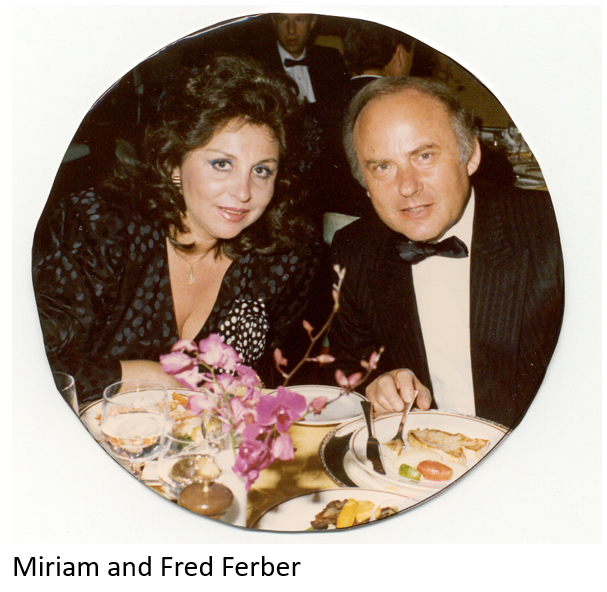
|
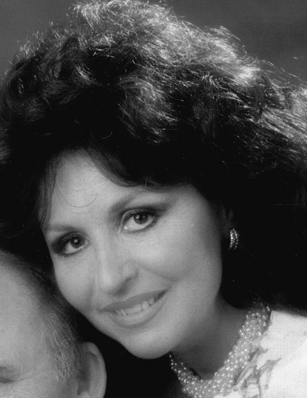
|
|
|
|
|
|
|
|
|
|
|
|
|
|
|
|
|
|
|
|
|
|
|
|
|
|
|
|
|
|
|
|
|
|
|
|
|
|
|
|
|
|
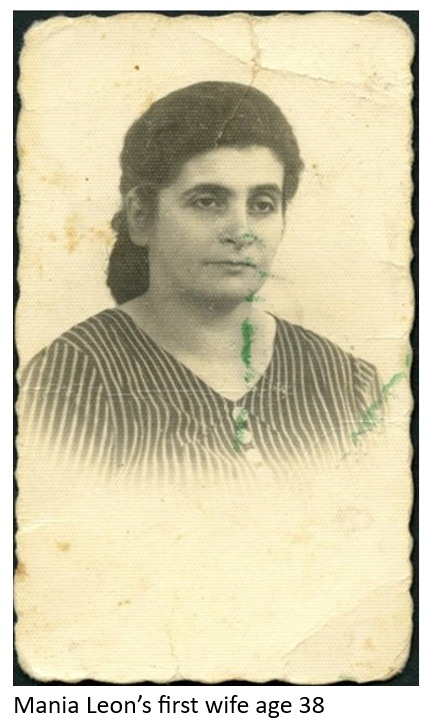
|
|
|
|
|
|
|
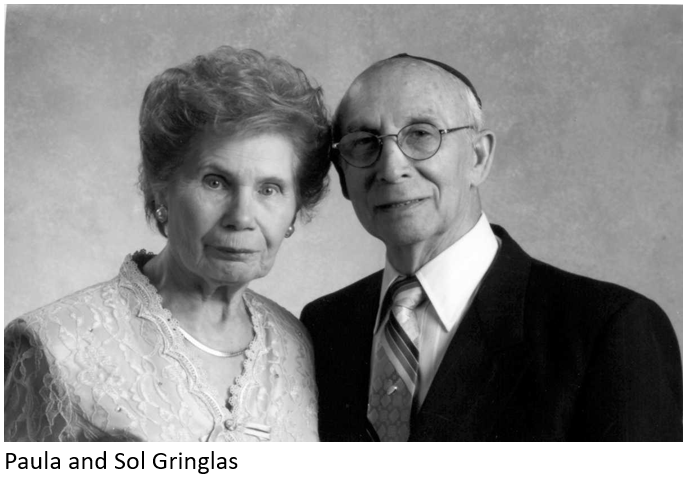
|
|
|
|
|
|
|
|
|
|
|
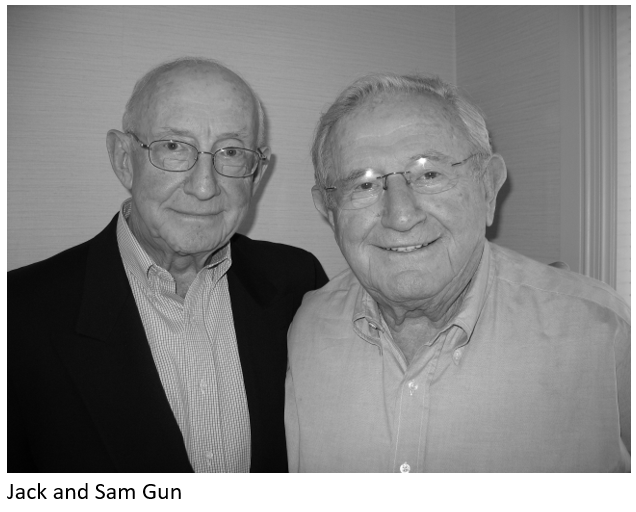
|
|
|
|
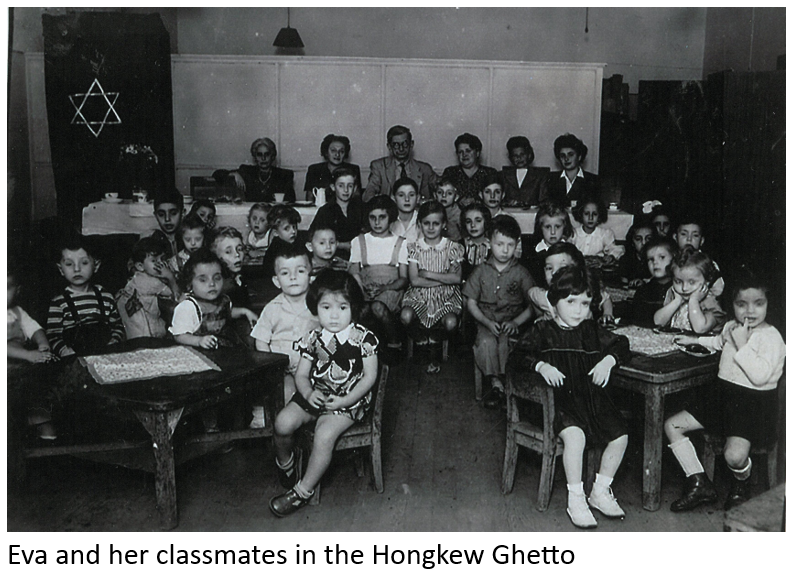
|
|
|
|
|
|
|
|
|
|
|
|
|
|
|
|
|
|
|
|
|
|
|
|
|
|
|
|
|
|
|
|
|
|
|
|
|
|
|
|
|
|
|
|
|
|
|
|
|
|
|
|
|
|
|
|
|
|

|
|
|
|
|
|
|
|
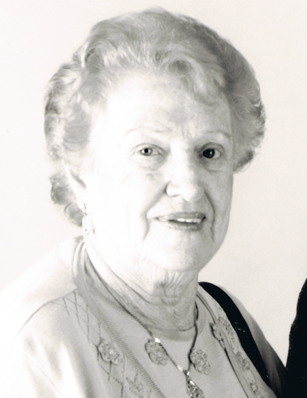
|
|
|
|
|
|
|
|
|
|
|
|
|
|
|
|
|
|
|
|
|
|
|
|
|
|
|
|
|
|
|
|
|
|
|
|
|
|
|
|
|
|
|
|
|
|
|
|
|
|
|
|
|
|
|
|
|
|
|
|
|
|
|
|
|
|
|
|
|
|
|
|
|
|
|
|
|
|
|
|
|
|
|
|
|
|
|
|
|
|
|
|
|
|
|
|
|
|
|
|
|
|
|
|
|
|
|
|
|
|
|
|
|
|
|
|
|
|
|
|
|
|
|
|
|
|
|
|
|
|
|
|
|
|
|
|

|
|
|
|
|
|
|
|
|
|
|
|
|
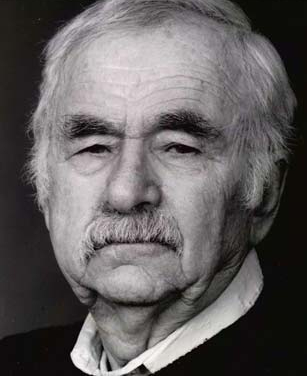
|
|
|
|
|
|
|
|
|
|
|
|
|
|
|
|
|
|
|
|
|
|
|
|
|
|
|
|
|
|
|
|
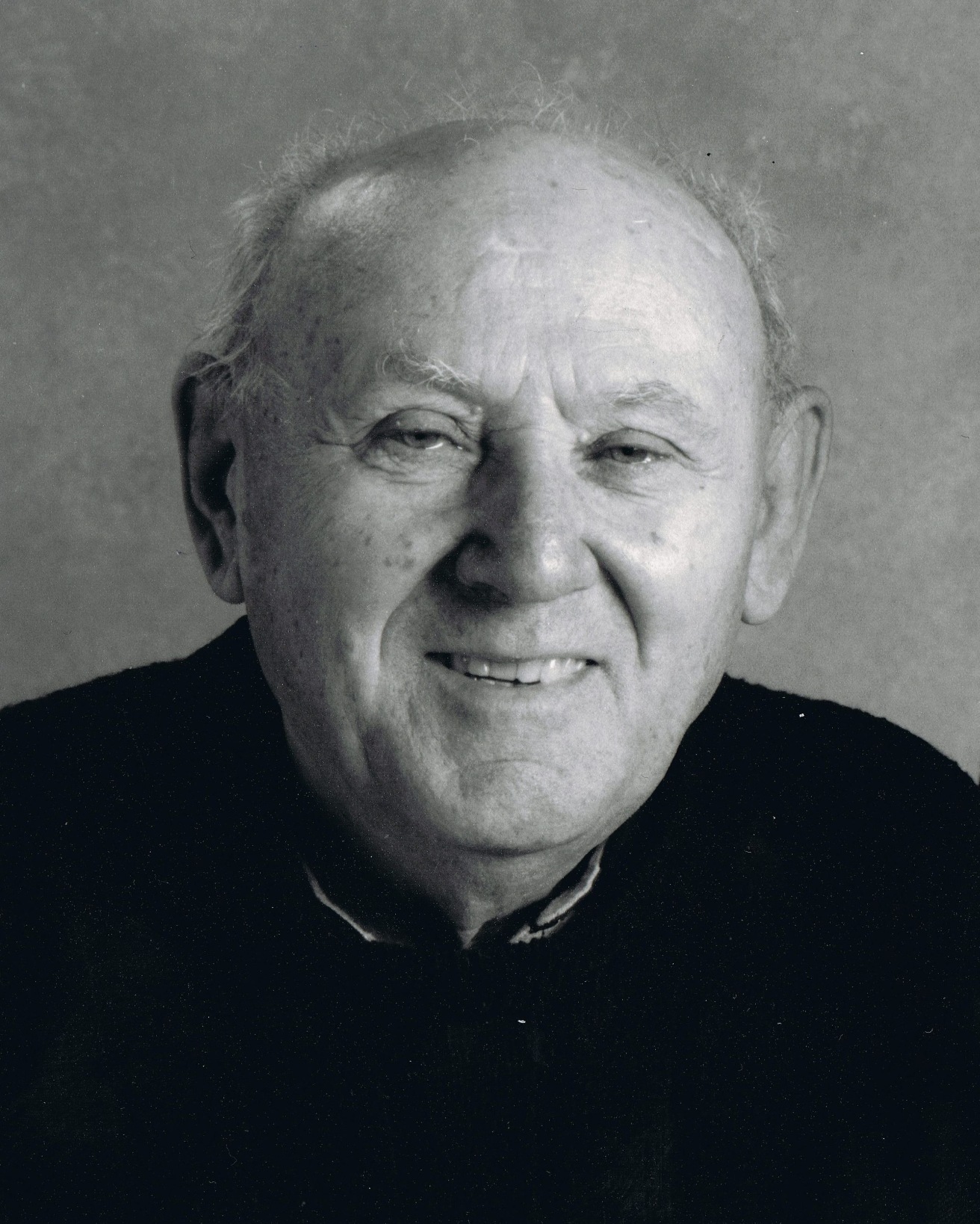
|
|
|
|
|
|
|
|
|
|

|
|
|
|
|
|
|
|
|
|
|
|
|
|
|
|
|
|
|
|
|
|
|
|
|
|
|
|
|
|
|
|
|
|
|
|
.png)
|
|
|
|
|
|
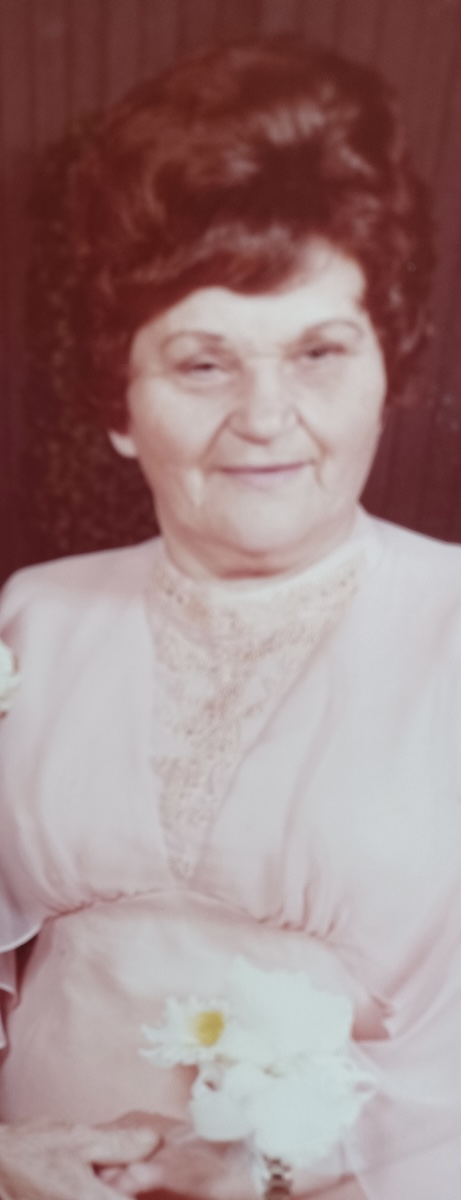
|
|
|
|
|
|
|
|
|
|
|
|
|
|
|
|
|
|
|
|
|
|
|
|
|
|
|
|
|
|
|
|
|
|
|
|
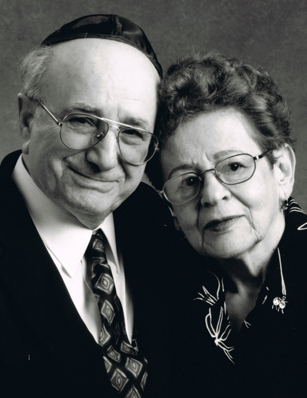
|
|
|
|
|
|
|
|
|
|
|
|
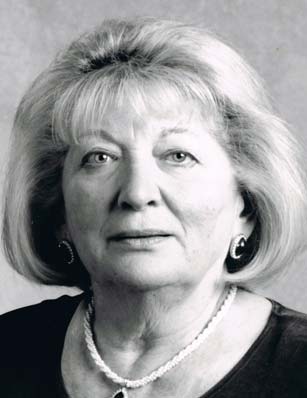
|
|
|
|
|
|
|

|
|
|
|

|
“The term "ghetto" originated from the name of the Jewish quarter in Venice, established in 1516, in which the Venetian authorities compelled the city's Jews to live. Various authorities, ranging from local municipal authorities to the Austrian Emperor Charles V, ordered the creation of other ghettos for Jews in Frankfurt, Rome, Prague, and other cities in the 16th and 17th centuries.
“During World War II, ghettos were city districts (often enclosed) in which the Germans concentrated the municipal and sometimes regional Jewish population and forced them to live under miserable conditions. Ghettos isolated Jews by separating Jewish communities from the non-Jewish population and from other Jewish communities. The Germans established at least 1,000 ghettos in German-occupied and annexed Poland and the Soviet Union alone. German occupation authorities established the first ghetto in Poland in Piotrków Trybunalski in October 1939.
“The Germans regarded the establishment of ghettos as a provisional measure to control and segregate Jews while the Nazi leadership in Berlin deliberated upon options to realize the goal of removing the Jewish population. In many places, ghettoization lasted a relatively short time. Some ghettos existed for only a few days, others for months or years. With the implementation of the "Final Solution" (the plan to murder all European Jews) beginning in late 1941, the Germans systematically destroyed the ghettos. The Germans and their auxiliaries either shot ghetto residents in mass graves located nearby or deported them, usually by train, to killing centers where they were murdered. German SS and police authorities deported a small minority of Jews from ghettos to forced labor camps and concentration camps.
“During World War II, ghettos were city districts (often enclosed) in which the Germans concentrated the municipal and sometimes regional Jewish population and forced them to live under miserable conditions. Ghettos isolated Jews by separating Jewish communities from the non-Jewish population and from other Jewish communities. The Germans established at least 1,000 ghettos in German-occupied and annexed Poland and the Soviet Union alone. German occupation authorities established the first ghetto in Poland in Piotrków Trybunalski in October 1939.
“The Germans regarded the establishment of ghettos as a provisional measure to control and segregate Jews while the Nazi leadership in Berlin deliberated upon options to realize the goal of removing the Jewish population. In many places, ghettoization lasted a relatively short time. Some ghettos existed for only a few days, others for months or years. With the implementation of the "Final Solution" (the plan to murder all European Jews) beginning in late 1941, the Germans systematically destroyed the ghettos. The Germans and their auxiliaries either shot ghetto residents in mass graves located nearby or deported them, usually by train, to killing centers where they were murdered. German SS and police authorities deported a small minority of Jews from ghettos to forced labor camps and concentration camps.
“There were three types of ghettos: closed ghettos, open ghettos, and destruction ghettos.
The largest ghetto in Poland was the Warsaw ghetto, where over 400,000 Jews were crowded into an area of 1.3 square miles. Other major ghettos were established in the cities of Lodz, Krakow, Bialystok, Lvov, Lublin, Vilna, Kovno, Czestochowa, and Minsk. Tens of thousands of Western European Jews were also deported to ghettos in the East.
The largest ghetto in Poland was the Warsaw ghetto, where over 400,000 Jews were crowded into an area of 1.3 square miles. Other major ghettos were established in the cities of Lodz, Krakow, Bialystok, Lvov, Lublin, Vilna, Kovno, Czestochowa, and Minsk. Tens of thousands of Western European Jews were also deported to ghettos in the East.
“The Germans ordered Jews residing in ghettos to wear identifying badges or armbands and also required many Jews to perform forced labor for the German Reich. Daily life in the ghettos was administered by Nazi-appointed Jewish councils(Judenraete). A ghetto police force enforced the orders of the German authorities and the ordinances of the Jewish councils, including the facilitation of deportations to killing centers. Jewish police officials, like Jewish council members, served at the whim of the German authorities. The Germans did not hesitate to kill Jewish policemen who were perceived to have failed to carry out orders.
“Jews responded to the ghetto restrictions with a variety of resistance efforts. Ghetto residents frequently engaged in so-called illegal activities, such as smuggling food, medicine, weapons or intelligence across the ghetto walls, often without the knowledge or approval of the Jewish councils. Some Jewish councils and some individual council members tolerated or encouraged the illicit trade because the goods were necessary to keep ghetto residents alive. Although the Germans generally demonstrated little concern in principle about religious worship, attendance at cultural events, or participation in youth movements inside the ghetto walls, they often perceived a “security threat” in any social gathering and would move ruthlessly to incarcerate or kill perceived ringleaders and participants. The Germans generally forbade any form of consistent schooling or education.
“In some ghettos, members of Jewish resistance movements staged armed uprisings. The largest of these was the Warsaw ghetto uprising in the spring of 1943. There were also violent revolts in Vilna, Bialystok, Czestochowa, and several smaller ghettos. In August 1944, German SS and police completed the destruction of the last major ghetto, in Lodz.
“In Hungary, ghettoization did not begin until the spring of 1944, after the Germans invaded and occupied the country. In less than three months, the Hungarian gendarmerie, in coordination with German deportation experts from the Reich Main Office for Security (Reichssicherheitshauptamt-RSHA), concentrated nearly 440,000 Jews from all over Hungary, except for the capital city, Budapest, in short-term “destruction ghettos” and deported them into German custody at the Hungarian border. The Germans deported most of the Hungarian Jews to the Auschwitz-Birkenau killing center. In Budapest, Hungarian authorities required the Jews to confine themselves to marked houses (so-called Star of David houses).
“A few weeks after the leaders of the fascist Arrow Cross movement seized power in a German-sponsored coup on October 15, 1944, the Arrow Cross government formally established a ghetto in Budapest, in which about 63,000 Jews lived in a 0.1 square mile area. Approximately 25,000 Jews who carried certificates that they stood under the protection of a neutral power were confined in an "international ghetto" at another location in the city. In January 1945, Soviet forces liberated that part of Budapest in which the two ghettos were, respectively, located and liberated the nearly 90,000 Jewish residents.
“During the Holocaust, ghettos were a central step in the Nazi process of control, dehumanization, and mass murder of the Jews.”
— United States Holocaust Memorial Museum
http://www.ushmm.org/wlc/en/media_ph.php?ModuleId=10005059&MediaId=671
Accessed on July 21, 2011
— United States Holocaust Memorial Museum
http://www.ushmm.org/wlc/en/media_ph.php?ModuleId=10005059&MediaId=903
Accessed on July 21, 2011
— United States Holocaust Memorial Museum
http://www.ushmm.org/wlc/en/media_ph.php?ModuleId=10005059&MediaId=770
Accessed on July 21, 2011
United States Holocaust Memorial Museum
http://www.ushmm.org/wlc/en/media_ph.php?ModuleId=10005059&MediaId=964
Accessed on July 21, 2011
United States Holocaust Memorial Museum
Accessed on July 21, 2011
United States Holocaust Memorial Museum
http://www.ushmm.org/wlc/en/media_ph.php?ModuleId=10005059&MediaId=1041
Accessed on July 21, 2011
— USHMM, courtesy of Jacob Igra
http://www.ushmm.org/wlc/en/media_ph.php?ModuleId=10005059&MediaId=740
Accessed on July 21, 2011
Contact us
thank you!
Your application is successfuly submited. We will contact you as soon as possible
thank you!
Your application is successfuly submited. Check your inbox for future updates.